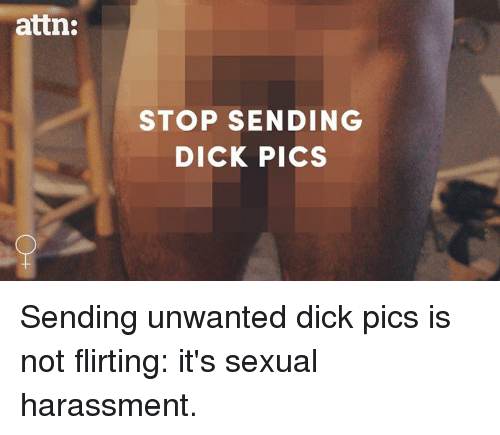
The introduction of social media has made it easier to bring attention to important issues. One form of social participation is #activism, where online community members share hashtags like #blacklivesmatter, #kony2012,#feminism, #consentissexy, #loveislove and the like. Many see this as a really great way for youth and other members of society to bring light to issues of rape, police brutality, gender equality, and lgbtqia rights. This form of activism does educate masses of people that would otherwise turn their cheek to these societal problems. Hashtags call attention to issues online and in the real world, as seen in this yarn bomb an artist created. The point I want to bring up is that it is not enough.
Looking back from the fifties to the seventies in the United States, we experienced incredibly pivotal shifts in public policy because masses of people went out of their way to protest, skip classes, boycott businesses, and picket for hours and weeks despite the consequences. They created beautiful murals and protest signs and made the public pay attention to their causes. They were aware that there would be resistance, but that fueled the passion of the movements. Their actions caused changes. The government was threatened by groups like radical feminists and Black Panthers because they had a message that was strong and well received by the public and caused them to take action. #activism really takes away from these battles that were fought because it simply requires no action.
When the murders of Trayvon Martin and particularly Mike Brown occurred, there were clear split opinions on the matter. I saw friendships ended over posts on Facebook on differing opinions on police brutality, and intense arguments had over statuses and tweets. Posting a hashtag and changing profile pictures on facebook and other social media were signs to other people that they were either with you or against you. It was vicious, brutally honest, and still affects people and their relationships today. But, that’s just one effect.
The same people I saw defending the death of Mike Brown so vehemently were not the same people taking time to go to a protest. Many never spoke about their opinions past a Facebook post, that would become lost in later posts once something else caused uproar. It’s easy to hide behind a computer screen and be the angry opinionated person of the day, but its another to then remain silent in person. The same people changing their profile photos to a rainbow to support gay marriage often didn’t understand what they were doing, and still used homophobic and transphobic slurs, and didn’t support marriage equality at all; they did it because others did, without having a conversation about it. Many girls posting #feminism retweet tweets about slut shaming and choice and fighting patriarchal values, but switch and say some girl is a whore or slut for the way she dresses. Simply participating in the conversation isn’t enough to produce actual change. The movers and shakers are those signing petitions, going to protests, and practicing what they preach.
Many were, and, still are willing to fight for their causes. In Ferguson, we witnessed many gatherings, viewed by the media and government as “riots”, because people cared enough to get angry about police brutality and death they viewed as unlawful. They were willing to stand there and march and protest for days, and all the media focused on was property damage and the money that was lost from these people not working, as well as prolonging the “loud, violent black person” trope. While these are unfortunate effects,that’s precisely the point of these movements; to cause disruption and to make people angry enough to pay attention to you and your town and your cause is what creates a dialogue and generates change. This is how we fought for civil rights, womens’ rights, and lgbtqia rights. Marriage equality was not won because people posted #equality; it was won because people protested and expressed their anger in a disruptive way, and had support from thousands of people who were willing to fight for this community. Petitions were signed and parades and protests were had and change was made because people cared enough to skip school and take a day off work to go and effect change. Civil rights for black people and other racial minorities were effectively gained through boycott, protest, civil unrest, and showing up to offices ensuring legislature was going to be written. These protests are still occurring, at much smaller rates in the U.S but worldwide, change is being made still.
In present times, we like to think posting a hashtag or writing a status is changing something, and it is in a way; it’s starting a discussion and promoting different ideas. My conservative family is never going to agree with my posts about funding planned parenthood and supporting marriage equality, but that is something I have to stand up for. But, I wouldn’t call myself an activist by any means- I haven’t had the guts to show up to any protests for #blacklivesmatter, I didn’t march with women who were taking back the night even though I firmly believe in their cause, and I’ve never openly expressed my disgust with issues that I don’t disagree with. This is my experience, but many are in similar positions. The #activism only goes so far, but it stops at effectuating real change that can actually help real people.
By physically supporting these causes, one shows that it isn’t some post meant to get likes from friends or approval from the community. Showing up and advocating for those rights shows the government that these matters are serious. Change can’t be effectuated if there is no civil unrest. Anyone can be frustrated and angry about lack of rights and concern for certain disenfranchised members of our society, but the current state of society persists..
#activism is popular, and it’s persistent. It does draw attention to issues many want to ignore. It’s hard to ignore police brutality with #blacklivesmatter all over your newsfeed, or to planned parenthood defunding with pink profile photo changes. But, it has to then create a push and desire to act and to call legislators, express disapproval to the people who can create change, and move us past our keyboard and out the door to be revolutionaries. This is collective action, and it has worked. It’s worked because it shows authority that we will not settle for complacency.







